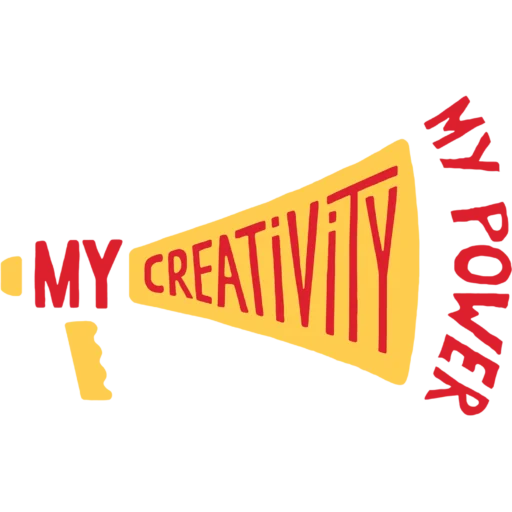Dalcroze Methodology
Description
The Dalcroze Method is a playful, experiential approach to teaching and learning music.
Target group
All (adults, children, youngsters)
Number of participants
Min. 10, max. 20 + 2 trainers
Environment
A room relatively big or an open space
Materials
Percussion and other instruments like a piano for example
Objective/aim
It aims to develop a strong rhythmical sense. It points out that music expression is a physical and plastic way that starts even from the respiration or the movement. It aims to put in evidence the several connections between musical expression and a living way of being in the world.
Step by step instructions
Step 1.
The group fills up the space and everyone stands where they feel comfortable.
Step 2.
The trainer gives indications by saying a number, which represents the speed to which the group should move. (e.g., 1 = slowly, 10 = rapidly).
Step 3.
The movements can be progressively supported by voice of the use of instruments. Firstly, it is recommended to try some percussion rhythm and then try other instruments, voice or other music.
Tips for the trainer
Take your time on trying out different numbers, the group needs some time to adapt to this methodology.
Any other comment
This Methodology is a way to experience music as a means of expression even without a formal musical education. Music is a very elementary way of feeling your inner body and external inputs. It is an action but also a reaction and connects yourself with all what is around (your surrounding) through the rhythm, which is a way of experiencing life. That is why the method is based on exercises where people without a formal musical education are asked to move with music and to spontaneously adapt their movements to the suggested musical patterns. The rhythm plays a strong role in it, but also the imagination is important. The musical patterns are different and the movements adapt rhythmically but also dynamically.
